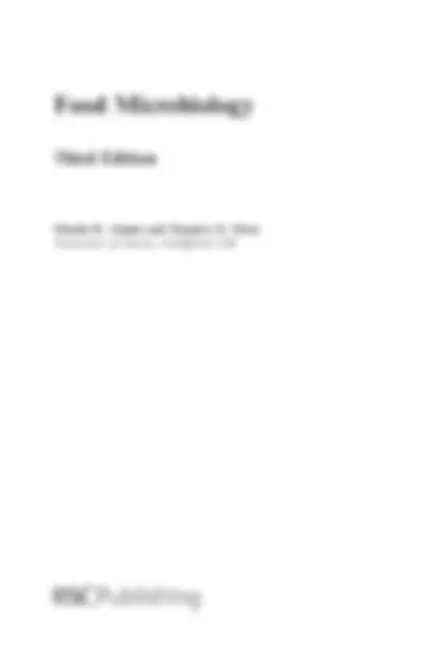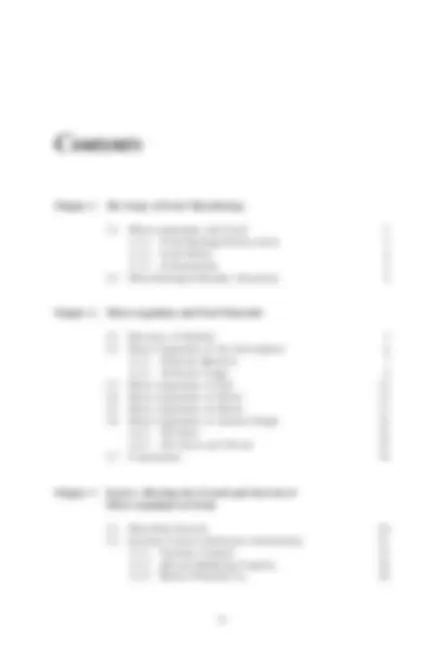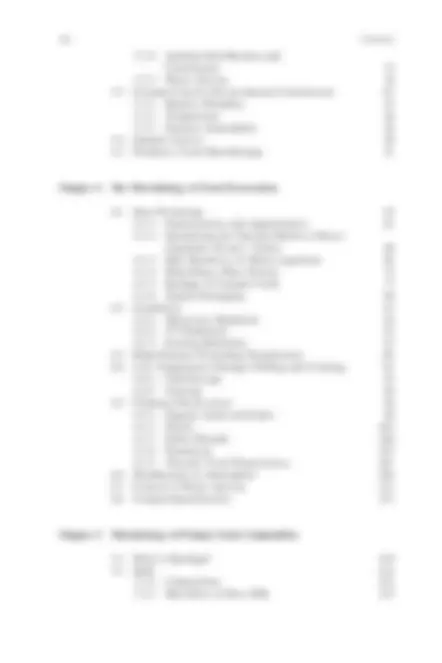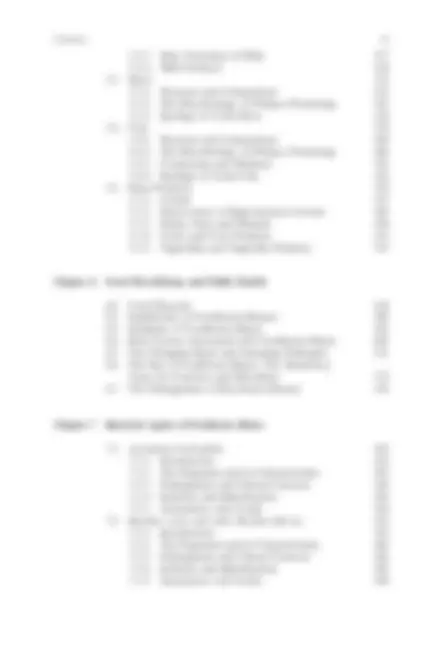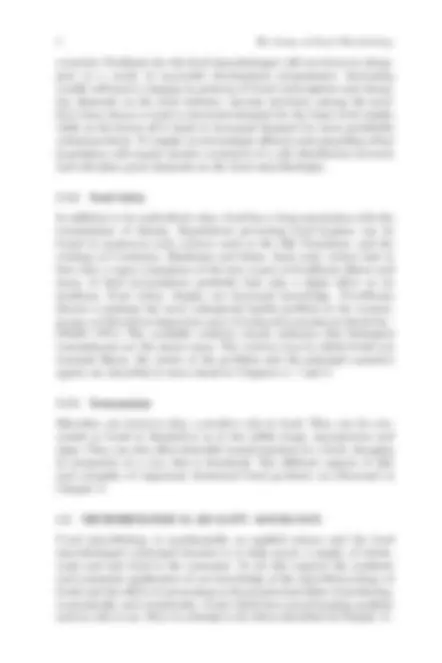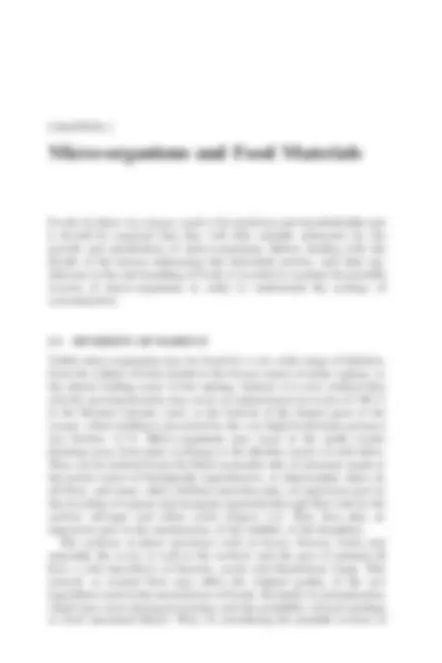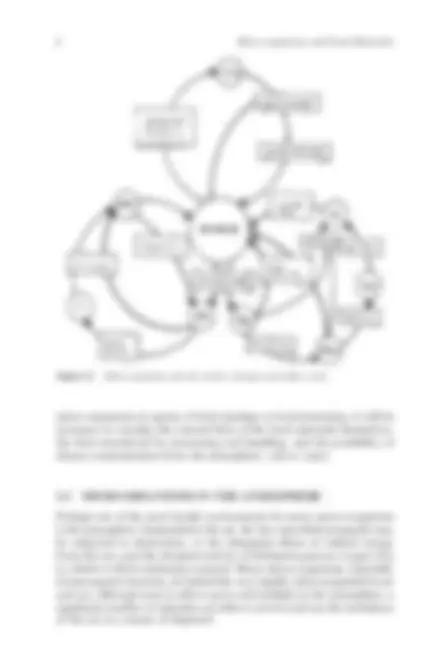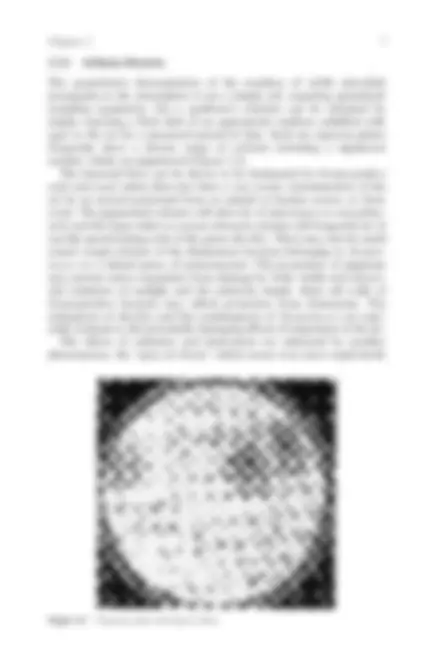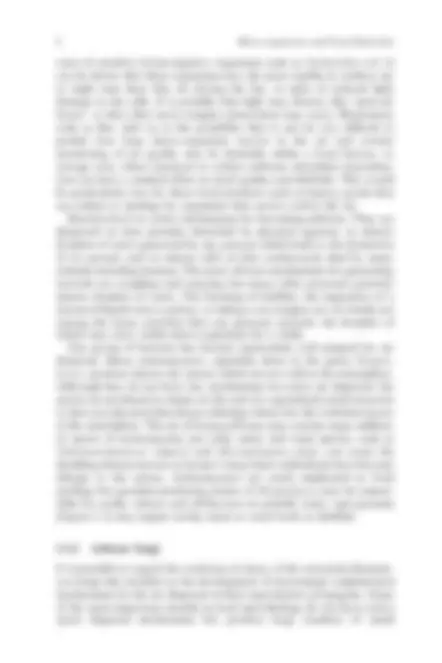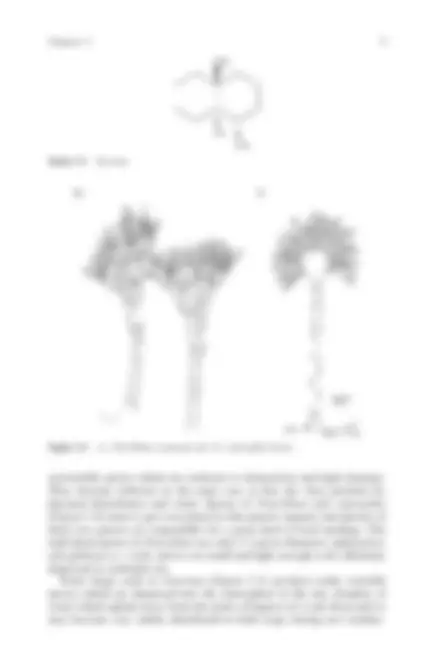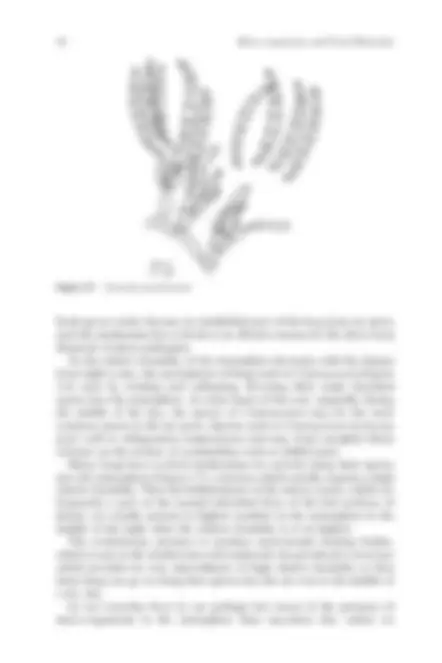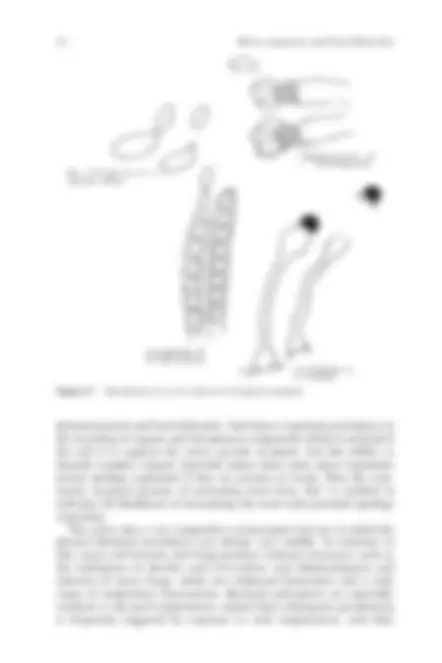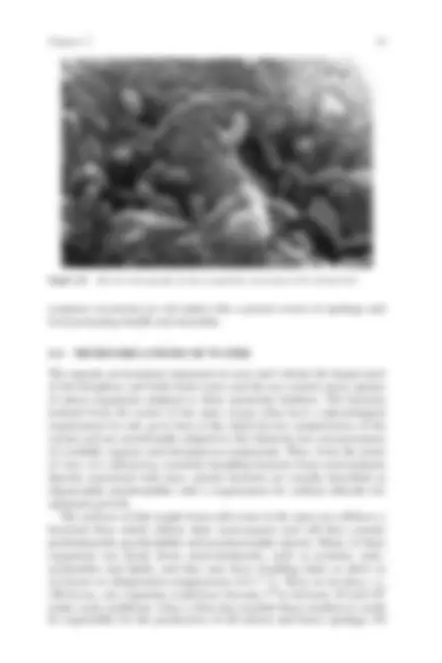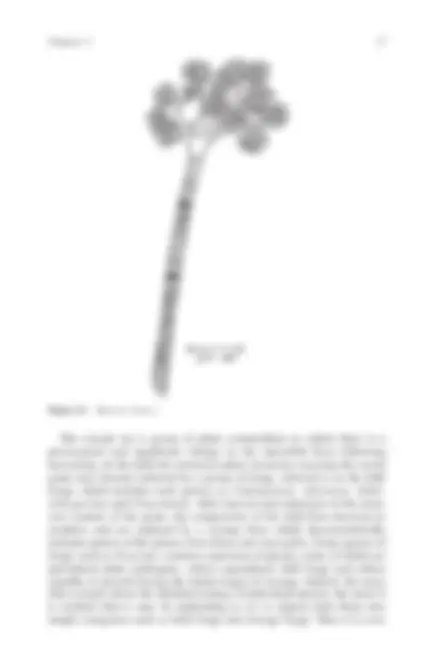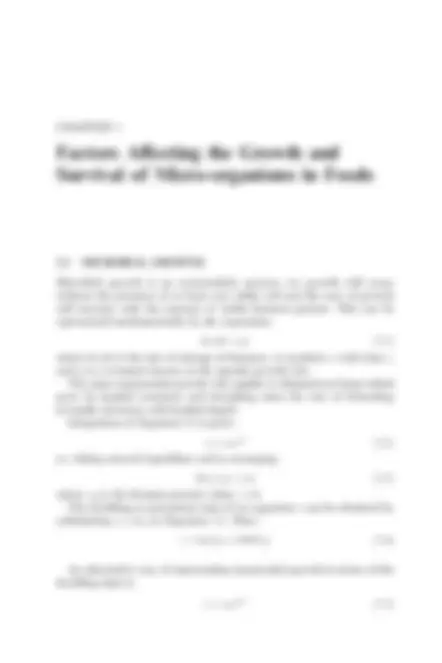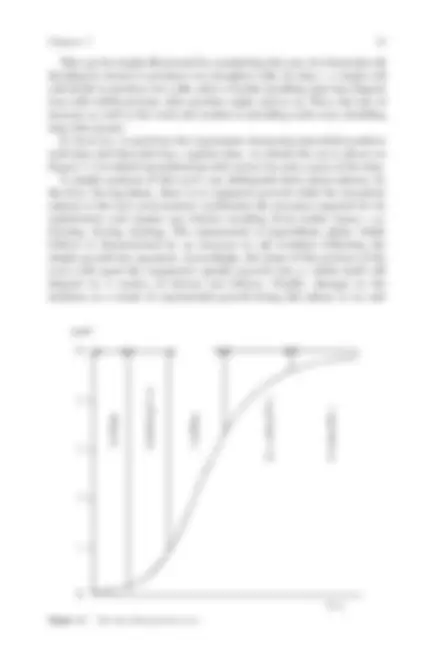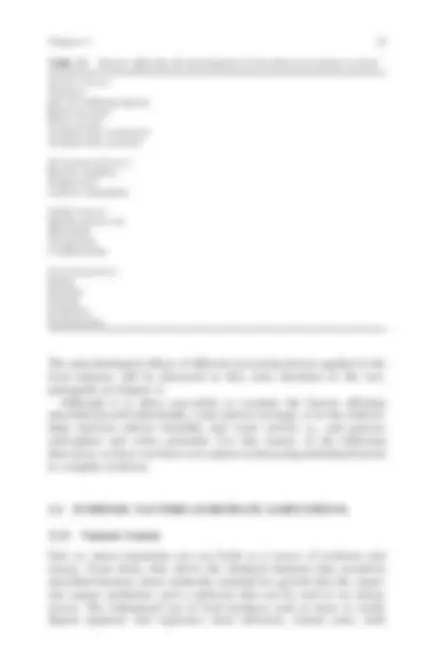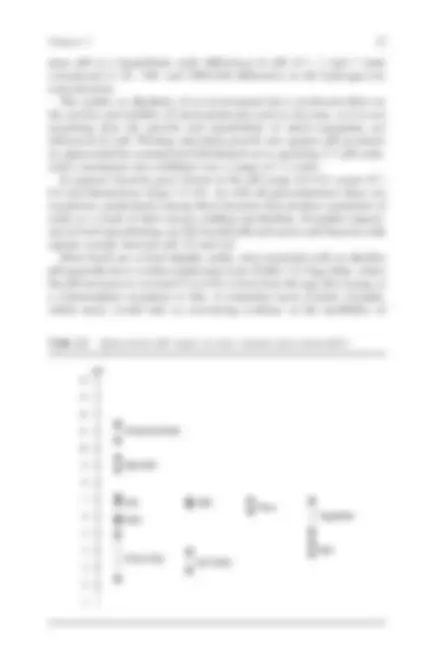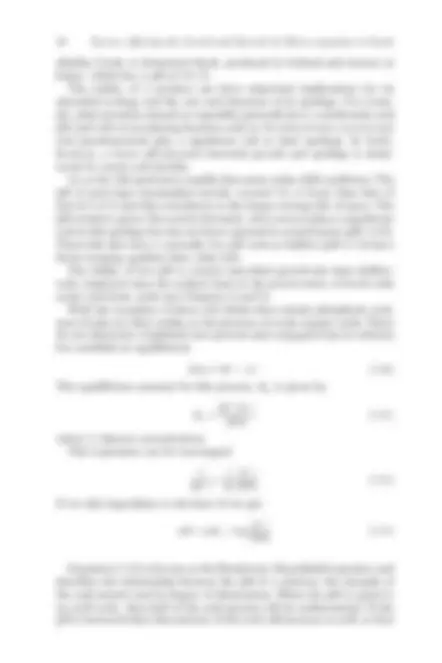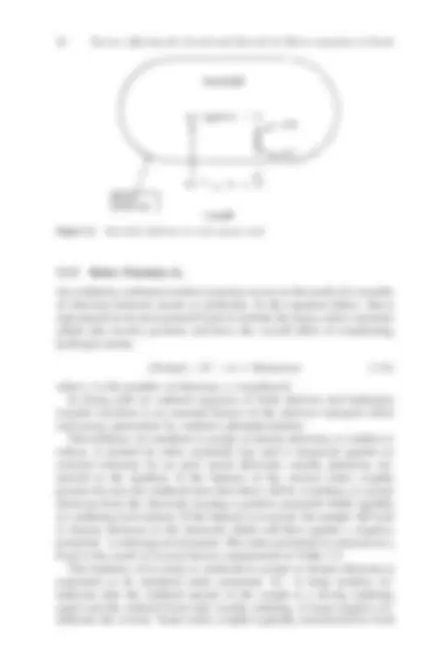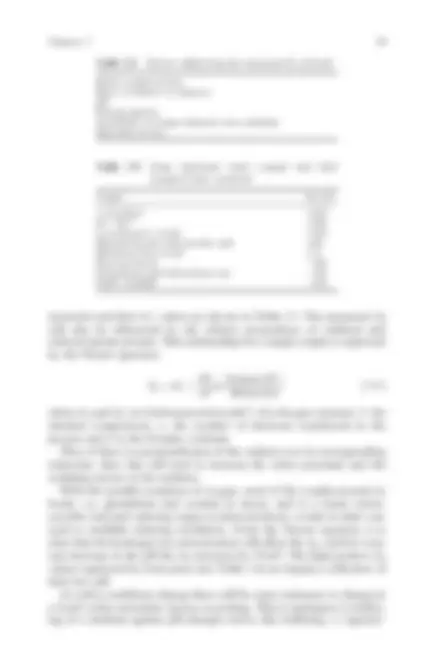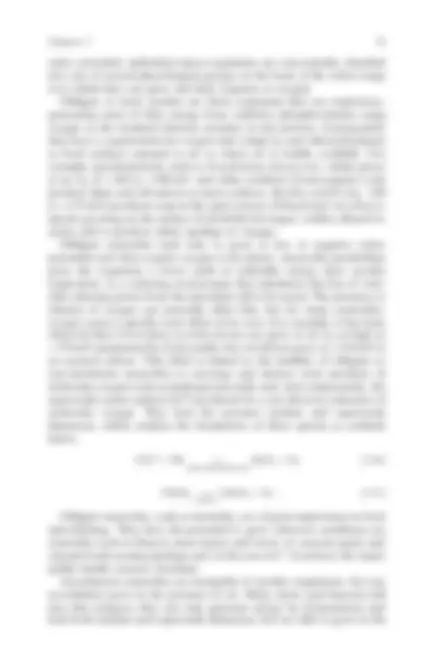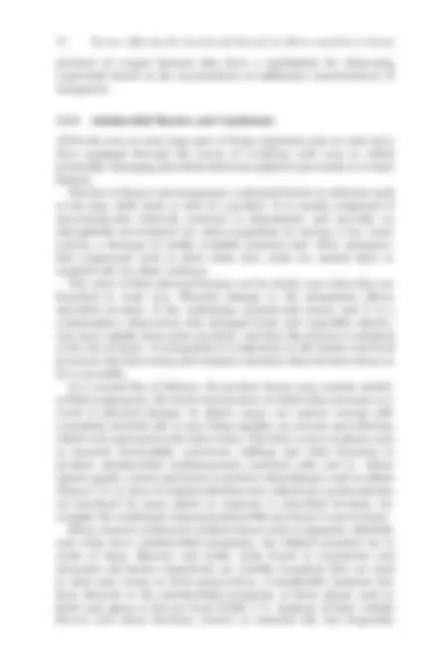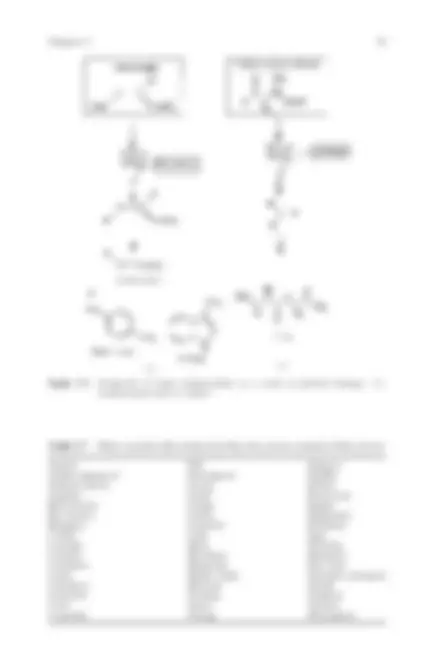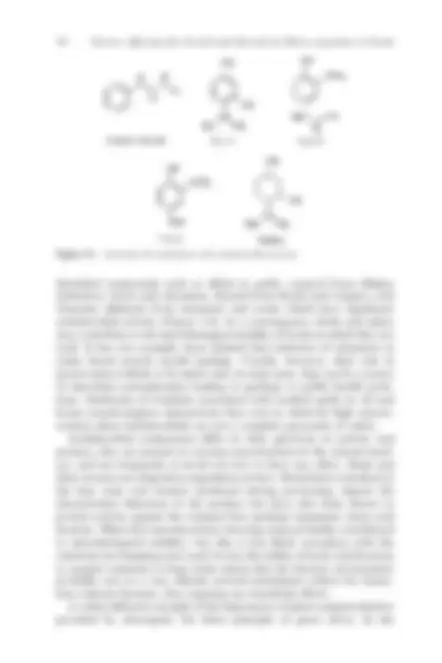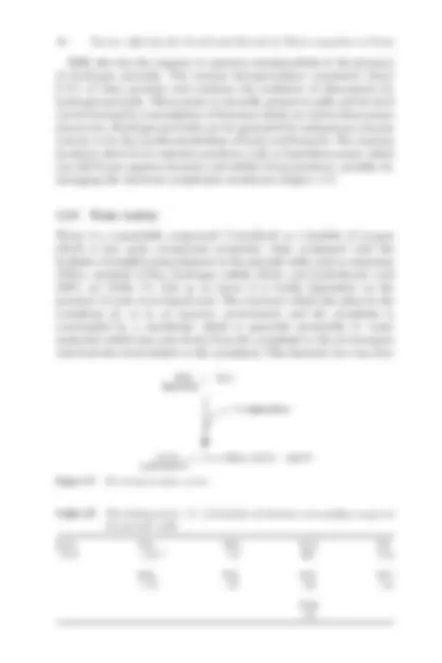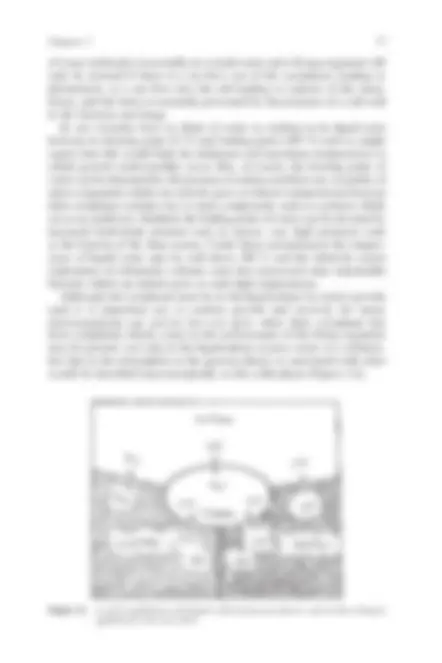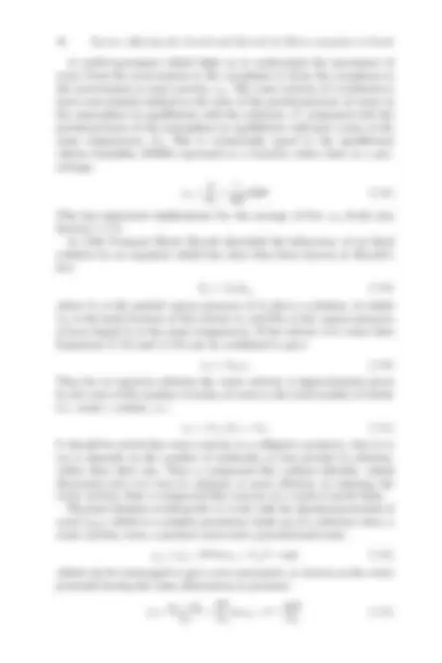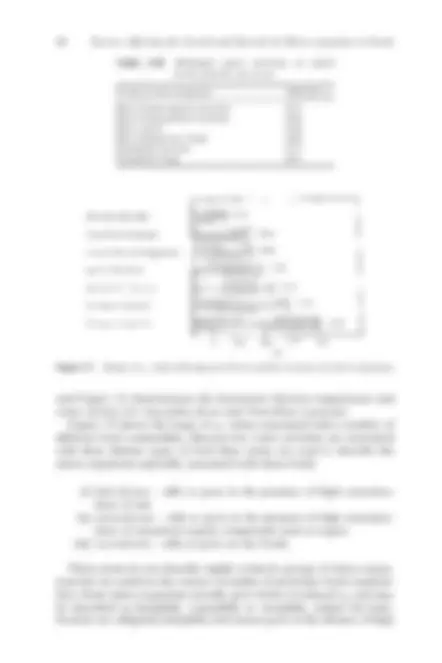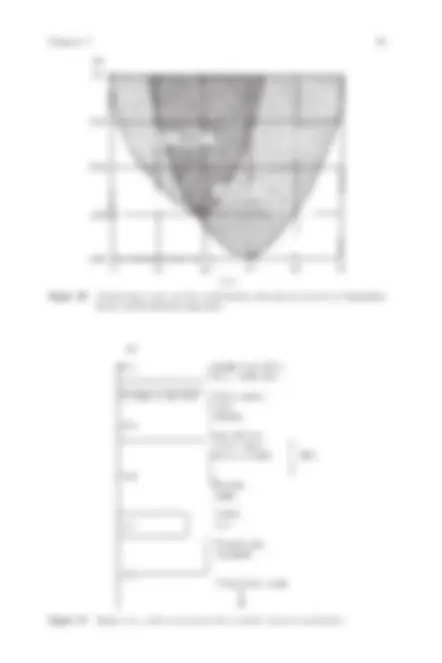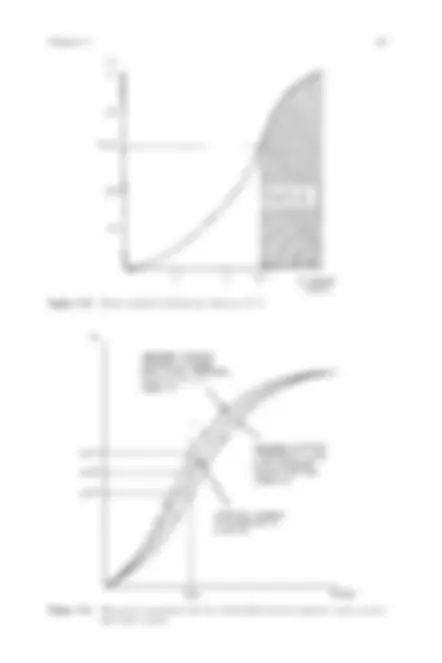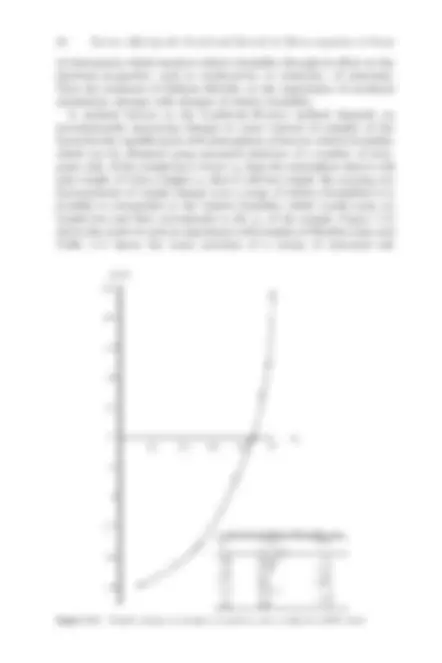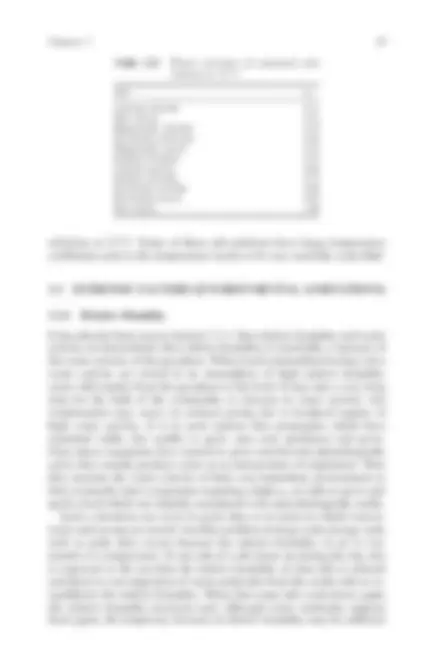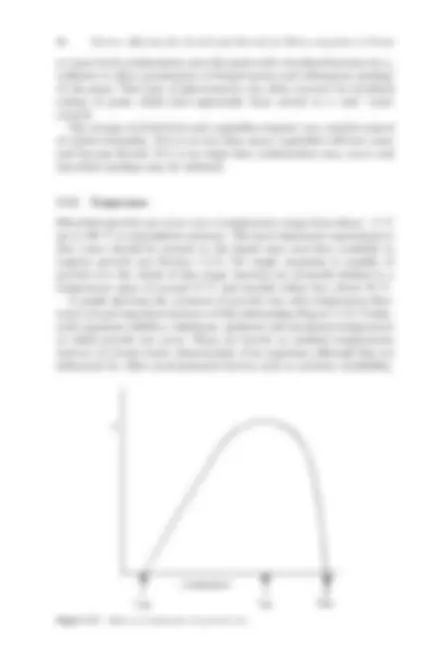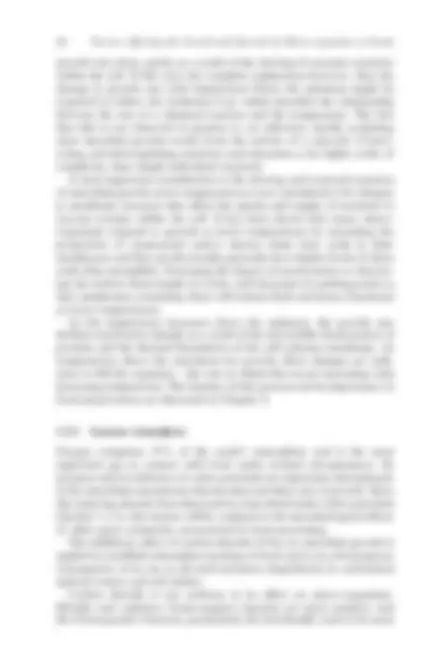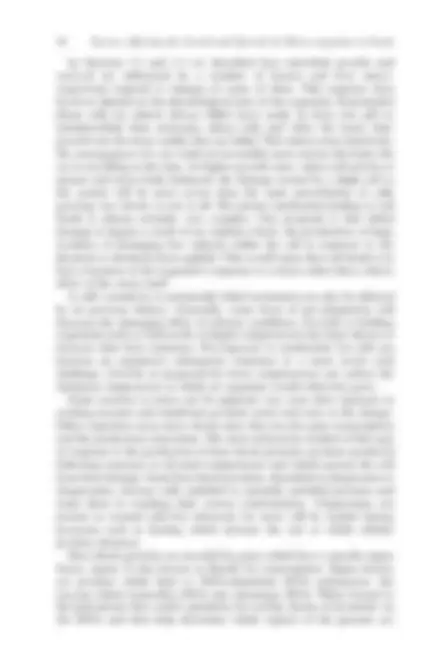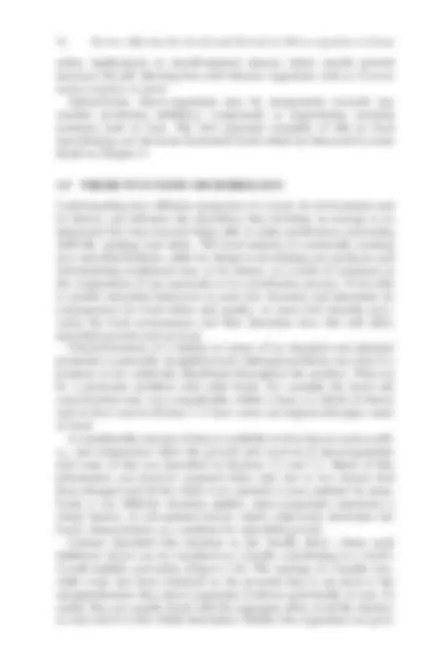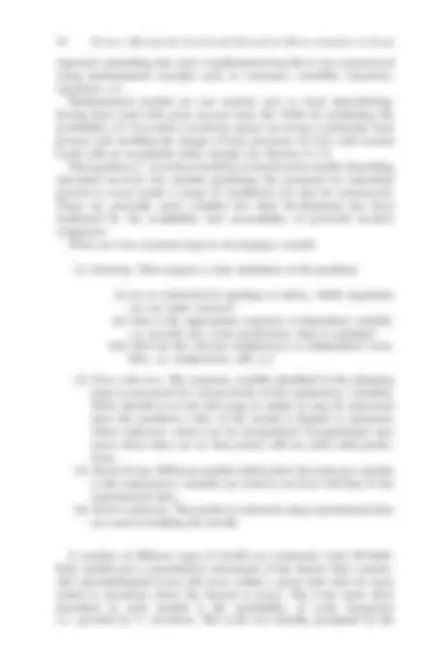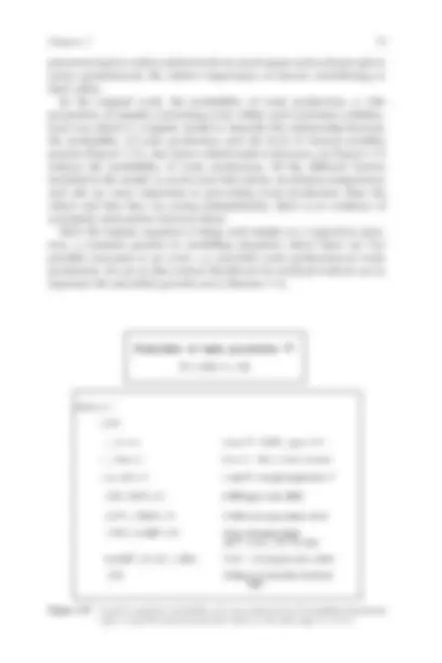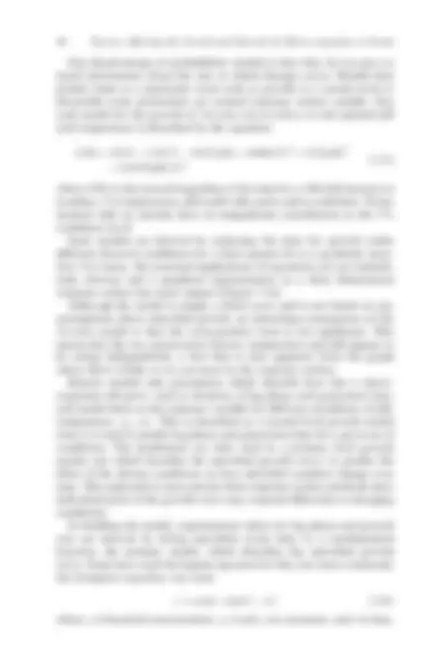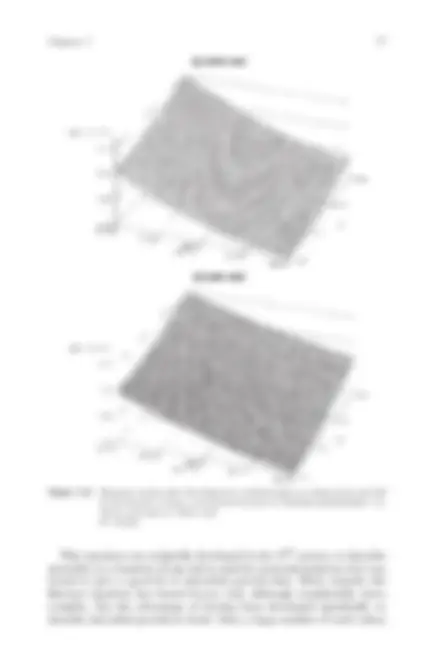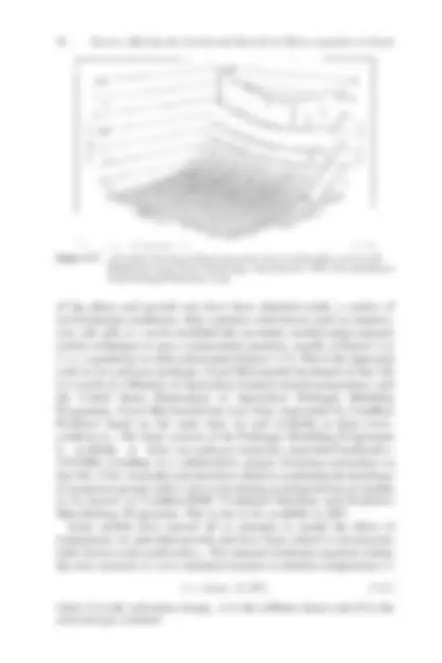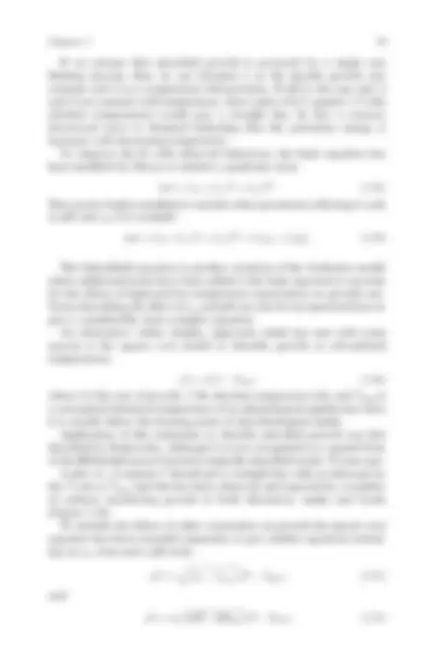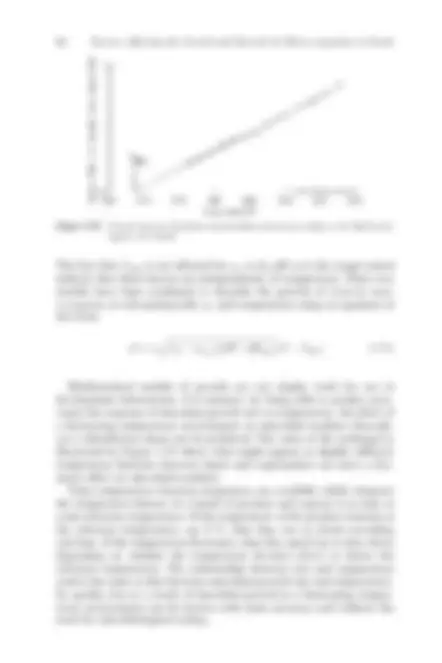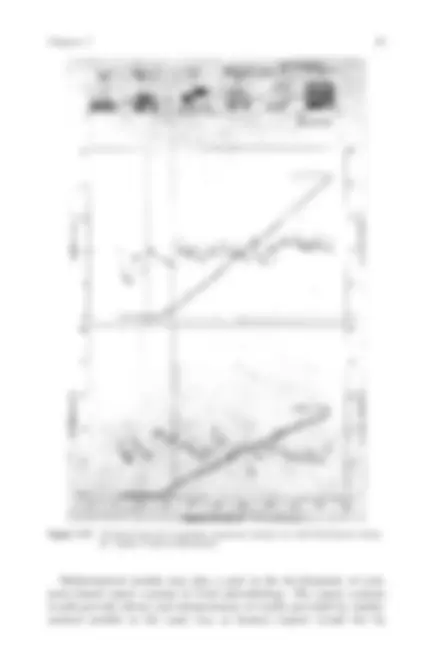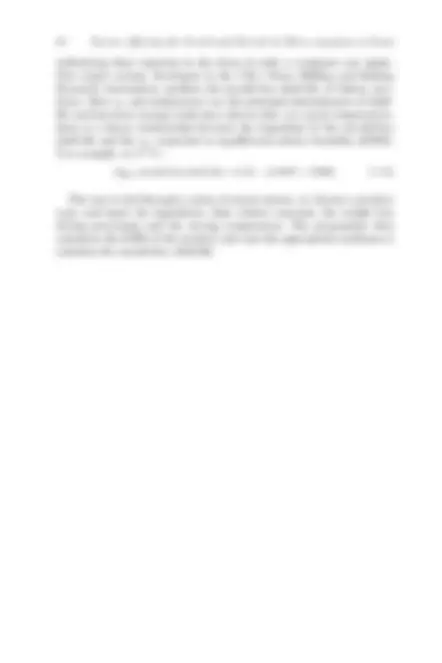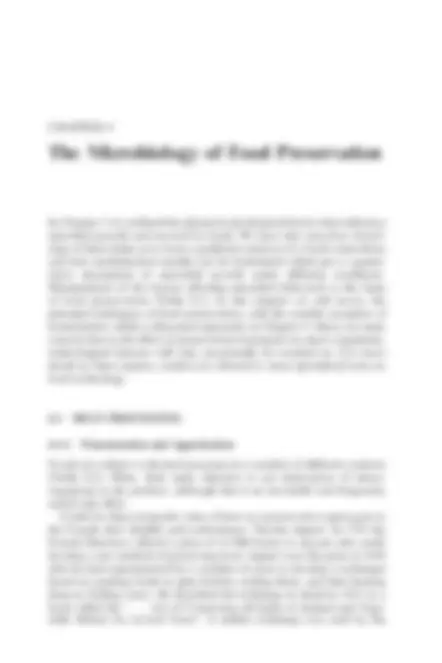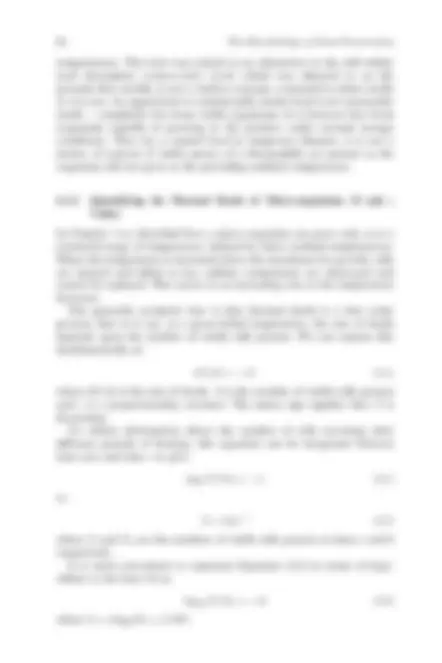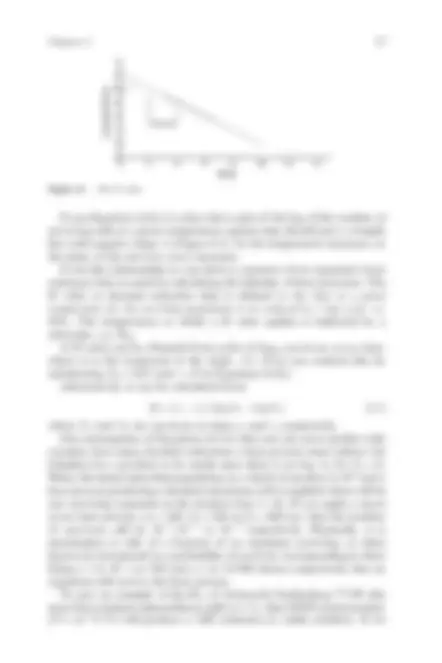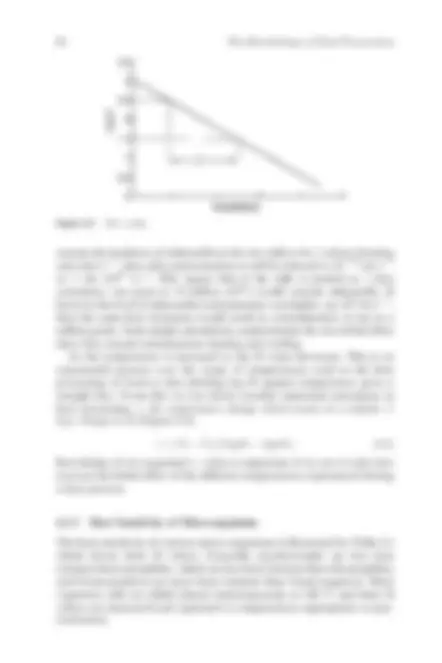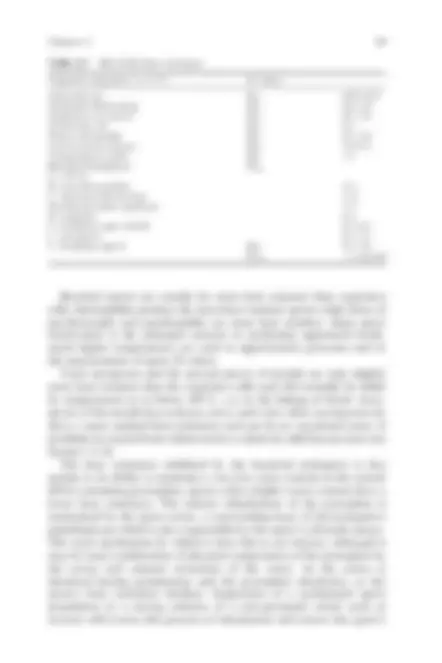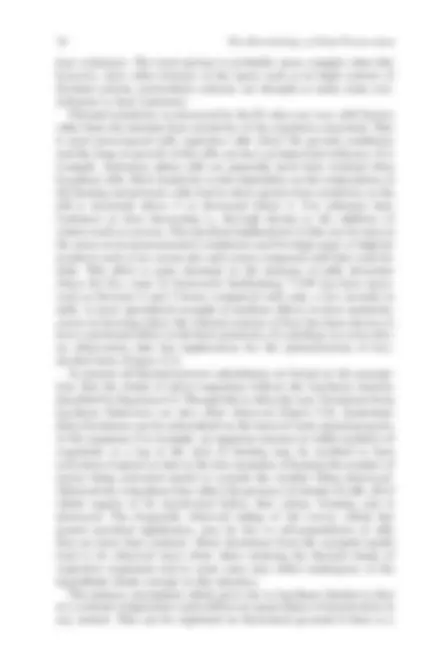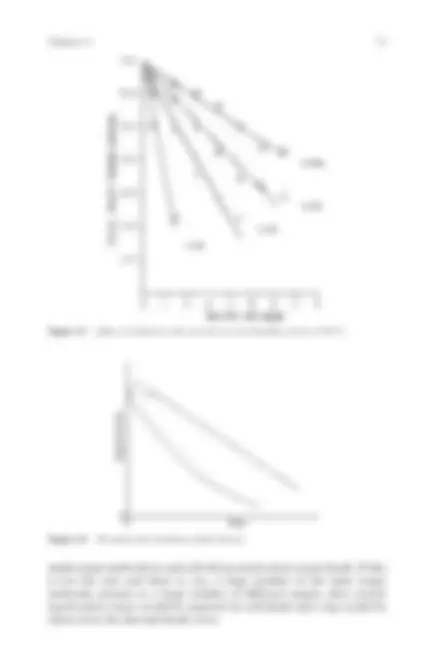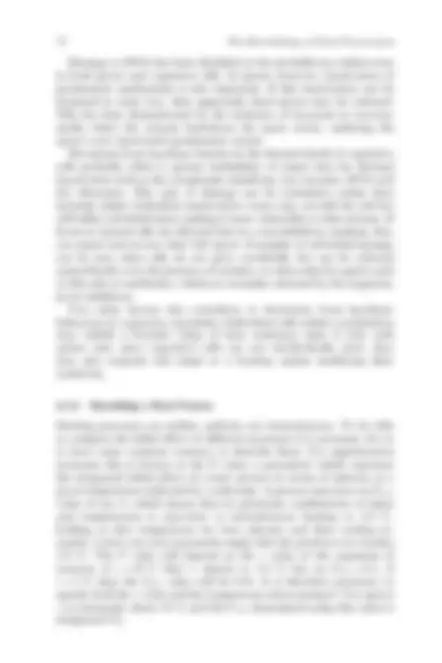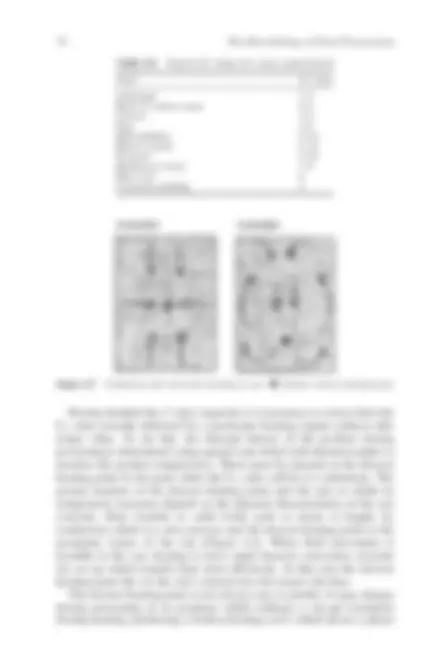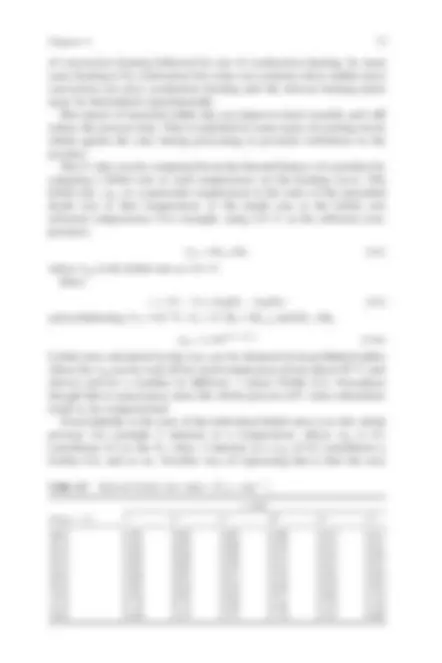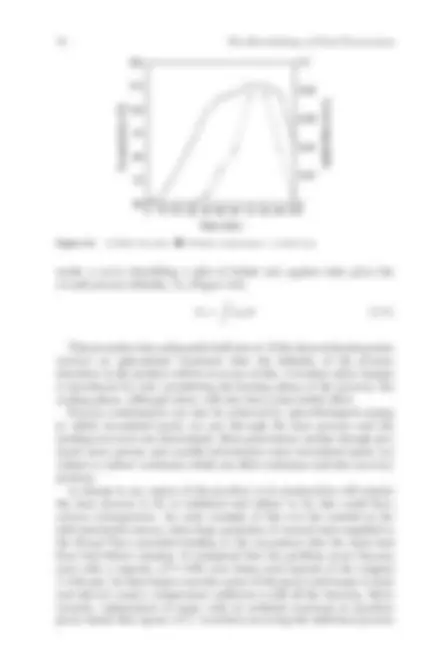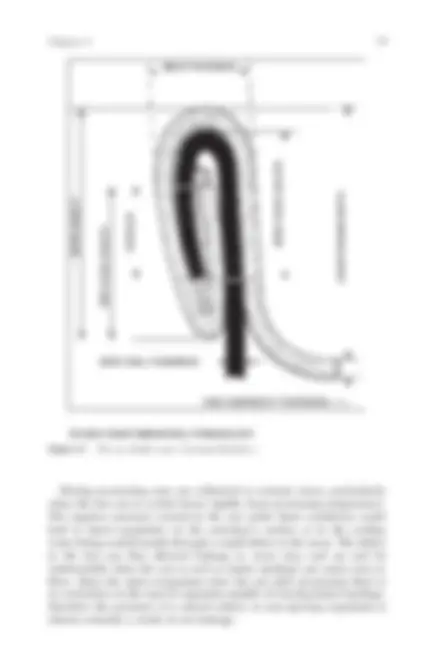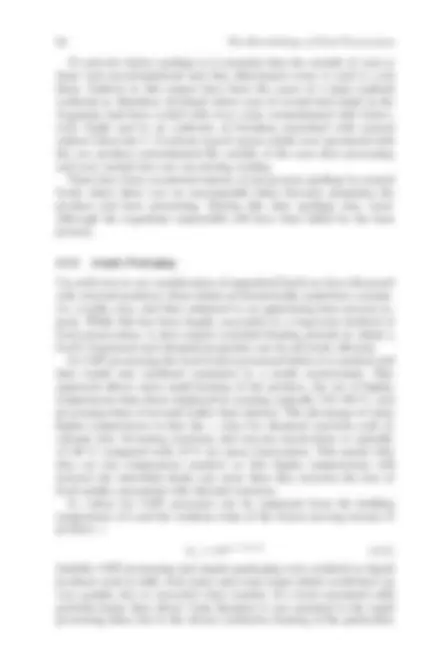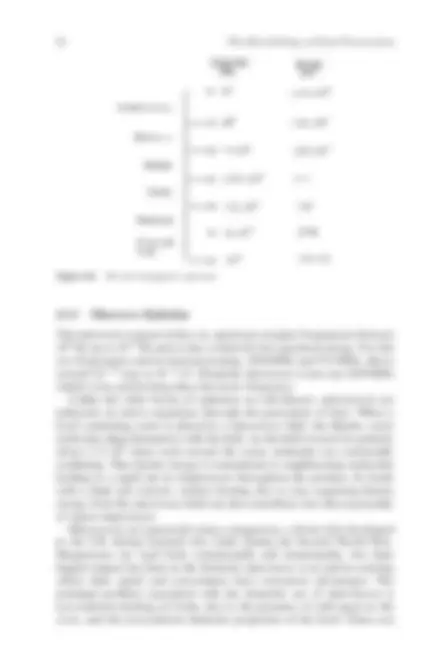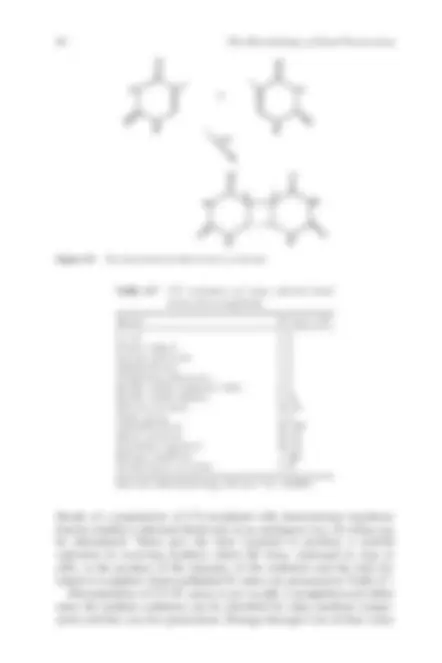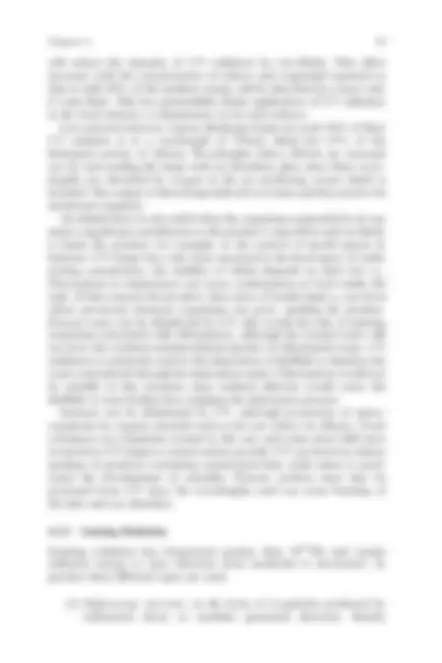Download Food Microbiology 123 and more Study notes Food science in PDF only on Docsity!
Food Microbiology
Third Edition
Food Microbiology
Third Edition
Martin R. Adams and Maurice O. Moss
University of Surrey, Guildford, UK
ISBN 978-0-85404-284-
A catalogue record for this book is available from the British Library.
r The Royal Society of Chemistry 2008
All rights reserved
Apart from any fair dealing for the purpose of research or private study, or criticism or review as permitted under the terms of the UK Copyright Designs and Patents Act, 1988, this publication may not be reproduced, stored or transmitted, in any form or by any means without the prior permission in writing of The Royal Society of Chemistry, or in the case of reprographic reproduction only in accordance with the terms of the licences issued by the Copyright Licensing Agency in the UK, or in accordance with the terms of the licences issued by the appropriate Reproduction Rights Organisation outside the UK. Enquiries concerning reproduction outside the terms stated here should be sent to The Royal Society of Chemistry at the address printed on this page.
Published by The Royal Society of Chemistry, Thomas Graham House, Science Park, Milton Road, Cambridge CB4 0WF, UK
Registered Charity No. 207890
For further information see our web site at www.rsc.org
Preface to the Second Edition
The very positive response Food Microbiology has had since it was first
published has been extremely gratifying. It has reconfirmed our belief in
the value of the original project and has also helped motivate us to
produce this second edition. We have taken the opportunity to correct
minor errors, improve some of the diagrams and update the text to
incorporate new knowledge, recent developments and legislative
changes. Much of this has meant numerous small changes and additions
spread throughout the book, though perhaps we should point out (for
the benefit of reviewers) new sections on stress response, Mycobacterium
spp. and risk analysis, and updated discussions of predictive microbio-
logy, the pathogenesis of some foodborne illnesses, BSE/vCJD and
HACCP.
A number of colleagues have provided advice and information and
among these we are particularly indebted to Mike Carter, Paul Cook,
Chris Little, Johnjoe McFadden, Bob Mitchell, Yasmine Motarjemi and
Simon Park. It is customary for authors to absolve those acknowledged
from all responsibility for any errors in the final book. We are happy to
follow that convention in the unspoken belief that if any errors have
crept through we can always blame each other.
Preface to the Third Edition
In this third edition we have taken the opportunity to update and clarify
the text in a number of places, removing a few incipient cobwebs along
the way. Mostly this has entailed small changes within the existing text
though there are new sections dealing with natamycin, subtyping, emerg-
ing pathogens and Enterobacter sakazakii.
In addition to all those colleagues who have helped with previous
editions we are pleased to acknowledge Janet Corry and Marcel Zwietering
whose diligent reading of the second edition revealed the need for some
corrections that had previously eluded us. We have also rationalised the
index which we decided was excessive and contained too many esoteric or
trivial entries. As a consequence, terms such as ‘‘trub’’ have been deleted.
Those seeking knowledge on this topic will now have to read the book in
its entirety.
vi
Contents
Chapter 3 Factors Affecting the Growth and Survival of
CHAPTER 1
The Scope of Food Microbiology
Microbiology is the science which includes the study of the occurrence
and significance of bacteria, fungi, protozoa and algae which are the
beginning and ending of intricate food chains upon which all life
depends. Most food chains begin wherever photosynthetic organisms
can trap light energy and use it to synthesize large molecules from carbon
dioxide, water and mineral salts forming the proteins, fats and carbo-
hydrates which all other living creatures use for food.
Within and on the bodies of all living creatures, as well as in soil and
water, micro-organisms build up and change molecules, extracting en-
ergy and growth substances. They also help to control population levels
of higher animals and plants by parasitism and pathogenicity.
When plants and animals die, their protective antimicrobial systems
cease to function so that, sooner or later, decay begins liberating the
smaller molecules for re-use by plants. Without human intervention,
growth, death, decay and regrowth would form an intricate web of
plants, animals and micro-organisms, varying with changes in climate
and often showing apparently chaotic fluctuations in populations of
individual species, but inherently balanced in numbers between produc-
ing, consuming and recycling groups.
In the distant past, these cycles of growth and decay would have been
little influenced by the small human population that could be supported
by the hunting and gathering of food. From around 10 000 BC however,
the deliberate cultivation of plants and herding of animals started in
some areas of the world. The increased productivity of the land and the
improved nutrition that resulted led to population growth and a prob-
able increase in the average lifespan. The availability of food surpluses
also liberated some from daily toil in the fields and stimulated the
development of specialized crafts, urban centres, and trade – in short,
civilization.
1.1 MICRO-ORGANISMS AND FOOD
The foods that we eat are rarely if ever sterile, they carry microbial
associations whose composition depends upon which organisms gain
access and how they grow, survive and interact in the food over time. The
micro-organisms present will originate from the natural micro-flora of
the raw material and those organisms introduced in the course of
harvesting/slaughter, processing, storage and distribution (see Chapters
2 and 5). The numerical balance between the various types will be
determined by the properties of the food, its storage environment,
properties of the organisms themselves and the effects of processing.
These factors are discussed in more detail in Chapters 3 and 4.
In most cases this microflora has no discernible effect and the food is
consumed without objection and with no adverse consequences. In some
instances though, micro-organisms manifest their presence in one of
several ways:
(i) they can cause spoilage;
(ii) they can cause foodborne illness;
(iii) they can transform a food’s properties in a beneficial way – food
fermentation.
1.1.1 Food Spoilage/Preservation
From the earliest times, storage of stable nuts and grains for winter
provision is likely to have been a feature shared with many other animals
but, with the advent of agriculture, the safe storage of surplus production
assumed greater importance if seasonal growth patterns were to be used
most effectively. Food preservation techniques based on sound, if then
unknown, microbiological principles were developed empirically to ar-
rest or retard the natural processes of decay. The staple foods for most
parts of the world were the seeds – rice, wheat, sorghum, millet, maize,
oats and barley – which would keep for one or two seasons if adequately
dried, and it seems probable that most early methods of food preserva-
tion depended largely on water activity reduction in the form of solar
drying, salting, storing in concentrated sugar solutions or smoking over
a fire.
The industrial revolution which started in Britain in the late 18th
century provided a new impetus to the development of food preservation
techniques. It produced a massive growth of population in the new
industrial centres which had somehow to be fed; a problem which many
thought would never be solved satisfactorily. Such views were often
based upon the work of the English cleric Thomas Malthus who in his
‘Essay on Population’ observed that the inevitable consequence of the
2 The Scope of Food Microbiology
countries. Problems for the food microbiologist will not however disap-
pear as a result of successful development programmes. Increasing
wealth will lead to changes in patterns of food consumption and chang-
ing demands on the food industry. Income increases among the poor
have been shown to lead to increased demand for the basic food staples
while in the better-off it leads to increased demand for more perishable
animal products. To supply an increasingly affluent and expanding urban
population will require massive extension of a safe distribution network
and will place great demands on the food microbiologist.
1.1.2 Food Safety
In addition to its undoubted value, food has a long association with the
transmission of disease. Regulations governing food hygiene can be
found in numerous early sources such as the Old Testament, and the
writings of Confucius, Hinduism and Islam. Such early writers had at
best only a vague conception of the true causes of foodborne illness and
many of their prescriptions probably had only a slight effect on its
incidence. Even today, despite our increased knowledge, ‘Foodborne
disease is perhaps the most widespread health problem in the contem-
porary world and an important cause of reduced economic productivity.’
(WHO 1992.) The available evidence clearly indicates that biological
contaminants are the major cause. The various ways in which foods can
transmit illness, the extent of the problem and the principal causative
agents are described in more detail in Chapters 6, 7 and 8.
1.1.3 Fermentation
Microbes can however play a positive role in food. They can be con-
sumed as foods in themselves as in the edible fungi, mycoprotein and
algae. They can also effect desirable transformations in a food, changing
its properties in a way that is beneficial. The different aspects of this
and examples of important fermented food products are discussed in
Chapter 9.
1.2 MICROBIOLOGICAL QUALITY ASSURANCE
Food microbiology is unashamedly an applied science and the food
microbiologist’s principal function is to help assure a supply of whole-
some and safe food to the consumer. To do this requires the synthesis
and systematic application of our knowledge of the microbial ecology of
foods and the effects of processing to the practical problem of producing,
economically and consistently, foods which have good keeping qualities
and are safe to eat. How we attempt to do this is described in Chapter 11.
4 The Scope of Food Microbiology
CHAPTER 2
Micro-organisms and Food Materials
Foods, by their very nature, need to be nutritious and metabolizable and
it should be expected that they will offer suitable substrates for the
growth and metabolism of micro-organisms. Before dealing with the
details of the factors influencing this microbial activity, and their sig-
nificance in the safe handling of foods, it is useful to examine the possible
sources of micro-organisms in order to understand the ecology of
contamination.
2.1 DIVERSITY OF HABITAT
Viable micro-organisms may be found in a very wide range of habitats,
from the coldest of brine ponds in the frozen wastes of polar regions, to
the almost boiling water of hot springs. Indeed, it is now realized that
actively growing bacteria may occur at temperatures in excess of 100 1 C
in the thermal volcanic vents, at the bottom of the deeper parts of the
oceans, where boiling is prevented by the very high hydrostatic pressure
(see Section 3.2.5). Micro-organisms may occur in the acidic wastes
draining away from mine workings or the alkaline waters of soda lakes.
They can be isolated from the black anaerobic silts of estuarine muds or
the purest waters of biologically unproductive, or oligotrophic, lakes. In
all these, and many other, habitats microbes play an important part in
the recycling of organic and inorganic materials through their roles in the
carbon, nitrogen and sulfur cycles (Figure 2.1). They thus play an
important part in the maintenance of the stability of the biosphere.
The surfaces of plant structures such as leaves, flowers, fruits and
especially the roots, as well as the surfaces and the guts of animals all
have a rich microflora of bacteria, yeasts and filamentous fungi. This
natural, or normal flora may affect the original quality of the raw
ingredients used in the manufacture of foods, the kinds of contamination
which may occur during processing, and the possibility of food spoilage
or food associated illness. Thus, in considering the possible sources of


